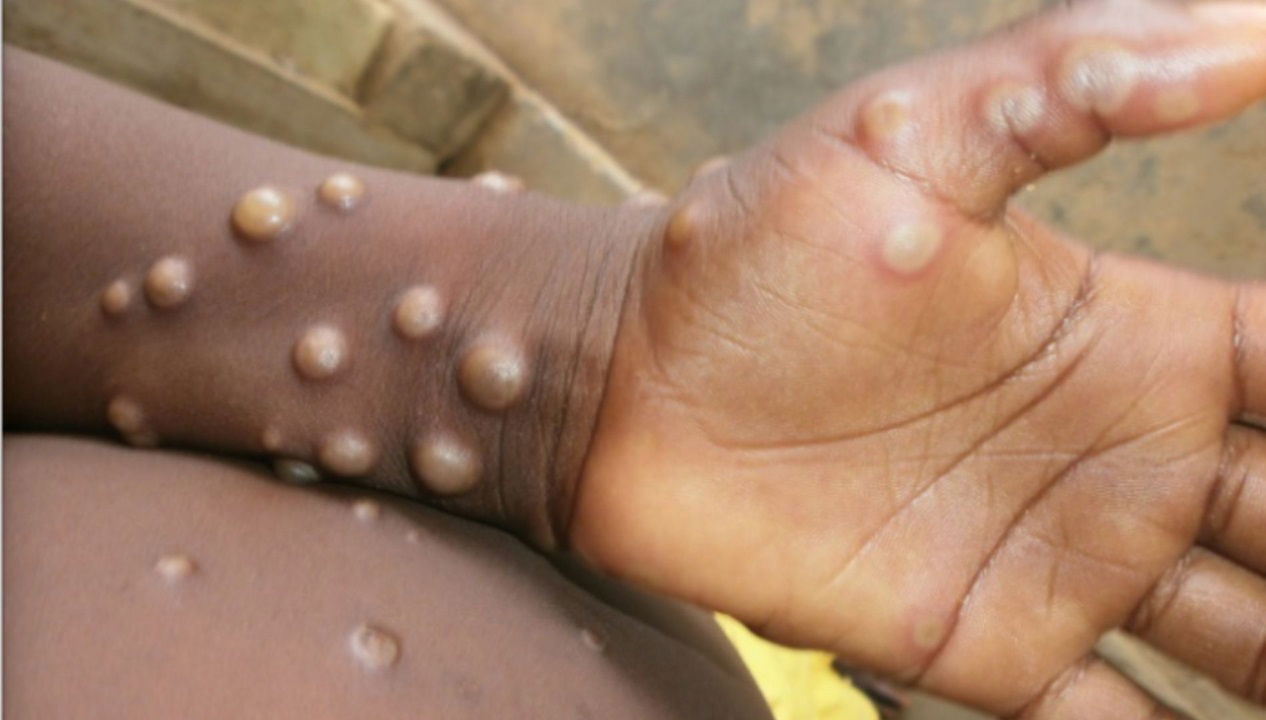
The World Health Organization (WHO) has recently raised the alarm on Mpox, designating it as a Public Health Emergency of International Concern (PHEIC). This designation has sent ripples across the globe, urging governments and health authorities to heighten their vigilance. In India, the Union Health Ministry has responded swiftly, taking proactive measures to ensure the country remains safeguarded against any potential outbreak.
What Is Mpox/ Monkeypox?
Mpox, caused by the monkeypox virus, is an orthopoxvirus that shares similarities with the smallpox virus but generally causes a less severe illness. While smallpox was eradicated globally in 1980, Mpox continues to exist, particularly in central and west African countries. However, since May 2022, the virus has made its way into countries outside of Africa, marking the first time Mpox has been reported in regions without previously documented transmission.
There are two distinct clades of the monkeypox virus: Clade I, formerly known as the Congo Basin (central African) clade, and Clade II, previously referred to as the west African clade. Both clades have been linked to cases of Mpox in humans, though the severity and spread of the disease can vary.
How Mpox Spreads
Mpox is a zoonotic disease, meaning it is transmitted from animals to humans. It is commonly found in areas near tropical rainforests, where animals such as squirrels, Gambian pouched rats, dormice, and various monkey species may carry the virus. However, the disease can also spread from human to human.
Transmission occurs through direct contact with bodily fluids, lesions on the skin or internal mucosal surfaces (such as in the mouth or throat), respiratory droplets, and contaminated objects. Therefore, close contact with an infected person or animal increases the risk of contracting the virus.
Symptoms and Diagnosis
Mpox presents with a range of symptoms, making it important to distinguish it from other illnesses like chickenpox, measles, and scabies. The disease typically begins with a febrile stage, lasting 1 to 3 days, where symptoms include fever, intense headache, swollen lymph nodes, back pain, muscle aches, and a lack of energy. This is followed by a skin eruption stage, where lesions develop and evolve from flat macules to raised papules, fluid-filled vesicles, pus-filled pustules, and eventually scabs or crusts. The skin eruption stage can last from 2 to 4 weeks.
The incubation period for Mpox can range from 5 to 21 days, and the severity of the disease can vary. The mortality rate has ranged between 0 and 11% in documented cases, with young children being at higher risk. Diagnosis of Mpox is primarily done through the detection of viral DNA using polymerase chain reaction (PCR) tests. The most effective diagnostic samples are taken directly from the rash, whether it be skin, fluid, crusts, or a biopsy where feasible.
Prevention and Treatment
Prevention of Mpox relies heavily on awareness and education. Avoiding close contact with infected individuals or contaminated materials is crucial. Health workers and caregivers should wear gloves and personal protective equipment when caring for the sick, whether in health facilities or at home. In cases of animal-to-human transmission, it is vital to avoid contact with sick or dead animals, and ensure all food containing animal products is thoroughly cooked.
Due to the cessation of routine smallpox vaccinations, which offered some cross-protection against Mpox, populations have become more susceptible to the virus. However, newer vaccines that have been developed against smallpox may also provide protection against Mpox. Three vaccines are currently available in limited quantities, and some countries recommend vaccination for individuals at risk.
India's Response to Mpox
Given the reports of Mpox cases emerging outside Africa, including in Sweden and Pakistan, the Indian government has prioritized monitoring major entry points, particularly airports and land ports. Officials at these locations, especially those bordering Bangladesh and Pakistan, have been instructed to exercise extreme caution. The goal is to detect and prevent the spread of Mpox as early as possible, ensuring that any potential cases are identified and isolated swiftly.
As the world continues to grapple with the emergence of Mpox in non-endemic regions, it is crucial to stay informed and take preventive measures seriously. The Indian government's proactive approach, in line with WHO's declaration, underscores the importance of vigilance at both individual and community levels.
















